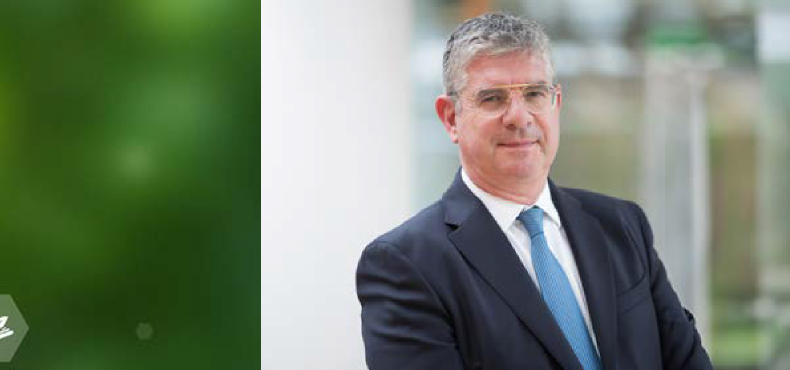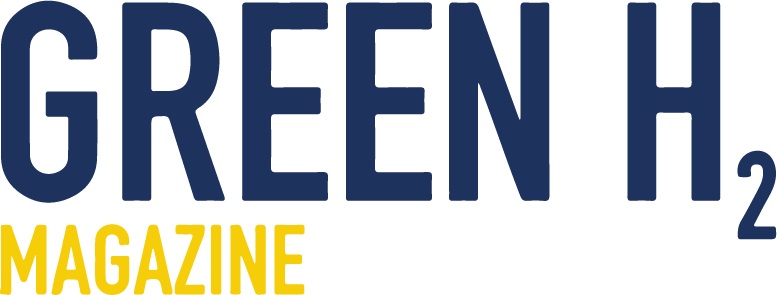
Combating climate change demands urgent action. As the planet trends towards an average global temperature increase of 2.7° Celsius by the end of the century, adopting clean technologies has become vital to achieving faster cuts in greenhouse gas emissions.
Green hydrogen has emerged as a key component of the green transition, particularly in the hard- to-decarbonise industrial and transport sectors.
MOROCCO IS AT THE HEART OF THE GREEN ENERGY TRANSITION
With abundant sun and wind, Morocco is exceptionally well positioned to become a global leader in green hydrogen production. In the last two decades, the European Investment Bank (EIB) has financed almost all of Morocco’s major renewable energy projects, in partnership with the Moroccan Agency for Sustainable Energy (MASEN) and the National Electricity and Drinking Water Company (ONEE). Flagship projects include:
- the Ouarzazate solar power complex (580 MW), co-financed by the EIB in three phases since 2012;
- the Midelt solar power plant (1 000 MW), which combines photovoltaic and thermal technologies;
- various other wind, solar and hydropower projects such as Noor Atlas, the integrated wind project (850 MW) and the Abdelmoumen pumping energy transfer station (STEP);
- the first offshore wind farm feasibility
These investments have helped position Morocco as a key player in renewable energy in Africa and around the world, and will continue to do so. A recent EIB study estimated that 50 million tonnes of green hydrogen could be produced in Africa by 2035, with Morocco at the top of the list to generate a major share.
EIB EXPERTISE IN SUPPORTING GREEN HYDROGEN (H2)
As the EU climate bank, the EIB plays a central role in financing technical support for H2. In just over ten years, it has provided €1.4 billion for hydrogen-related projects, unlocking more than €2 billion in investment. This support covers:
- the development of technologies for producing, transporting, distributing and using hydrogen, like electrolysers, hydrogen refuelling stations, storage infrastructure and fuel cells;
- the launch of Team Europe initiatives offering grants and technical assistance for H2 development in several non-EU countries, including Morocco.
The EIB also recently signed agreements to back major projects in Europe, including the Puertollano H2 plant in Spain, which is being co-financed with Iberdrola and Instituto de Crédito Oficial (ICO). This project involving a 100 MW solar photovoltaic power plant and a 20 MWh battery is among the largest in Europe.
The EIB thus supports every stage of the H2 value chain, from production to transport, distribution, storage and use.
OBSTACLES TO INCREASED ADOPTION
Despite the potential of H2, there are two major roadblocks on the way to broader adoption: production costs and the need for specialised infrastructure. Green hydrogen production currently relies on renewable energy sources requiring significant investment. Renewable hydrogen’s share of global energy use is projected to increase from 2% today to 20% by 2050.
This underlines the need for a holistic approach. It is also why the EIB backs the entire H2 value chain via a wide range of financial products that:
- build additional renewable energy capacity and specialised infrastructure;
- support industrial clusters to replace local conventional hydrogen production;
- make hydrogen production technologies more competitive;
- back early adoption by end users, particularly in like the steel
In Europe, the target is to produce 10 million tonnes of renewable hydrogen and import a further 10 million a year by 2030. To support this transition, the EIB assesses each project to ensure it is economically viable and climate-friendly, while also promoting the repurposing of gas networks for H2 distribution across the continent. The EIB considers the development of hydrogen valleys (industrial clusters powered by specialised hydrogen infrastructure) vital to supercharging this transition.
THE NEW ENERGY FRONTIER
With backing from the EIB and its development partners, Morocco is well placed to play a key role in green hydrogen production. As the global energy crisis leads countries to hunt for alternatives to fossil fuels, H2 is emerging as a strategic solution for meeting climate targets and bolstering energy independence.
Major investment and ongoing cooperation between governments, businesses and financial institutions will be needed to maximise its potential.

EIB Vice-President Ioannis Tsakiris
Loannis Tsakiris is a Vice President in the European Investment Bank. From 2019 to 2023 he was Deputy Minister for Development and Investments in Greece, responsible primarily for the public investment programme, the European funds and the national development bank. He was also Alternate Governor of the EBRD and the World Bank and in the Board of Directors of the Black Sea Trade and Development Bank.
